
Although there are volumes of articles and printed material on the importance of maintaining optimum water quality in aquaculture farming systems, including related remedial technologies, there are still too many industry reports of crop failures or low production resulting from undesirable water environments.
Aquaculture production conditions have changed over the last 40 years. Animals are growing faster, stocking densities have increased and containment types have changed, as have management methods — all resulting in greater biomass harvested per unit of time and space. These changes are necessary in order to maintain an economically viable industry.
To accommodate many of these changes, feed rates have increased — resulting in higher oxygen demand; greater carbon dioxide, ammonia and nitrite production; and materially increased levels of dissolved, suspended and settleable solids. These water quality factors rapidly reach concentrations that are not tolerable for the culture animals. Therefore, farm managers must adapt new and improved methods and procedures. These can be preventive methods or remedial methods.
Feed is the primary cost factor for aquaculture production.
Due to the application of best nutritional and feed-manufacturing practices, today’s feeds are capable of resulting in a real-time FCR of 1.1:1 in most commercially produced shrimp and fish. This should be the goal in managing farms and culture practices.
Feed drives the system. Uneaten or undigested feed and its metabolic by-products are the primary contributors to the rapid decline of water quality. Accordingly, feed and feeding techniques require continuous review and improvement.
Feed efficiency
Efficiency is technically defined as output divided by input. In aquaculture, it would be defined by units of gain divided by units of feed input, or feed-conversion efficiency (FCE). This metric is primarily used in scientific publications, but for reporting in the industry, the commonly used metric is the feed-conversion ratio (FCR), which defines the units of feed required to produce a unit of weight gain.
It is important to understand the difference between FCE and FCR. A feed with a higher FCR results in less of the feed going to tissue growth and more of the feed going into the water environment. Conversely, a feed with a lower FCR would have more of the feed going into tissue growth and less into the water column.
FCRs must be evaluated in real time, such as on a daily or weekly basis, in order to be relevant. If one just uses the FCR values at the end of a crop, this number has economic importance, but its value in terms of measuring feed efficiency is compromised because of the impact of mortality unless the weight of the dead animals is added to the weight of the crop.
Due to the application of best nutritional and feed-manufacturing practices, today’s feeds are capable of resulting in a real-time FCR of 1.1:1 in most commercially produced shrimp and fish. This should be the goal in managing farms and culture practices.
Old is good
Thirty-seven years ago, Dr. George Klontz and associates published a research report entitled “Aquaculture Techniques: Water Use and Discharge Quality.” The objectives of this report were to develop and test methods of predicting waste product generation from aquaculture facilities. From their studies, they were able to develop a method to estimate the amount of solids produced from a known quantity of feed, shown in Table 1.
| Feed Conversion Ratio | Dietary Efficiency (%) | Solids (kg) |
|---|---|---|
| 1.1 | 90.9 | 8.7 |
| 1.2 | 83.3 | 15.9 |
| 1.3 | 76.9 | 22.0 |
| 1.4 | 71.4 | 27.2 |
| 1.5 | 66.7 | 31.4 |
| 1.6 | 62.5 | 35.6 |
| 1.7 | 58.8 | 39.1 |
| 1.8 | 55.6 | 42.2 |
| 1.9 | 52.6 | 45.0 |
| 2.0 | 50.0 | 47.5 |
This table dramatically illustrates that as FCR increases, the amounts of solids going into the water column also increase significantly. An increase in FCR of 0.2 units increases the amount of solids by approximately 8.5 kg/100 kg feed fed. An increase in FCR from 1.2 to 1.6 increases the amount of water solids by 19.7 kg/100 kg feed.
The quantity of waste predicted is reported as solid waste and does not consider soluble wastes that dissolve from the waste solids. All of this extra waste must be dealt with in some manner, at a cost, in order to maintain water quality. If the waste collects at the bottoms of ponds or containments, it can produce hydrogen sulfide, which is highly toxic to aquatic animals and puts the entire crop at risk.
Although Klontz conducted his work with trout, it is suggested that as FCRs increase, the relative increases in the amounts of solids produced would be similar for most similar aquaculture species, including shrimp.
Managing FCR
Reducing FCRs without compromising animal performance, growth rate and survival should be a continued objective of management. Several important tools and techniques can be applied to accomplish this objective.
- Reducing or eliminating overfeeding is perhaps the single most important opportunity for reducing FCRs in most aquaculture production systems. This involves selecting the right highly palatable, complete feed; selecting the right particle size; and after considering the environment and physiology and behavior of the species, feeding the animals the way they would like to be fed. Usually, more frequently is better — and be sure that animals can easily and quickly access the feed when delivered.
- Feed a nutrient-dense feed formulated to avoid both nutrient excesses and nutrient deficiencies. Antinutritional factors must also be absent.
- The feed should be highly digestible and formulated using highly digestible ingredients. The scientific literature reports that the digestibility of dry matter and protein can vary 20 percent or more for different sources of the same ingredient. Undigested material that passes through animals without contributing any benefit results in increased FCRs and the amounts of solids introduced to the water environment.
- Maintain optimum physiology and health of animals’ digestive tracts, for there is where nutrients move from feed into the lymphatic or circulatory systems through the processes of digestion and absorption. If the lining of the digestive tract becomes irritated and dysfunctional as a result of toxins or bacterial or parasitic infections, the digestive processes are reduced. The digestibility of feed becomes impaired, resulting in greater fecal waste.
Although it is well known that underfeeding normally reduces FCRs, this practice is definitely not recommended for several reasons. Hungry animals will consume the detritus on pond bottoms, which can be a significant source of disease. Hungry animals will also aggressively consume small, weak or dead animals, which can also be infected with disease organisms. If underfeeding is not carefully controlled, it will result in smaller, less-uniform animals and lower biomass at harvest. The resulting economic loss can easily be greater than the value of the feed saved.
Perspectives
A clear understanding of the roles that feed and feeding have on water quality is important knowledge for the producers of aquatic animals. Feed-conversion ratios are a useful metric to measure whether effective production techniques are in place.
A numerically lower FCR is better, as it normally indicates higher levels of feed utilization and lower levels of solids going into the water column. It can also indicate that less feed is being wasted.
Preventing water quality problems through proper feeds and feeding should be a top priority, as the cost of remediation can be quite significant. In all cases, water quality standards for the optimum performance of aquatic animals must be maintained. Mother Nature does not make compromises.
Now that you've reached the end of the article ...
… please consider supporting GSA’s mission to advance responsible seafood practices through education, advocacy and third-party assurances. The Advocate aims to document the evolution of responsible seafood practices and share the expansive knowledge of our vast network of contributors.
By becoming a Global Seafood Alliance member, you’re ensuring that all of the pre-competitive work we do through member benefits, resources and events can continue. Individual membership costs just $50 a year.
Not a GSA member? Join us.
Author
-
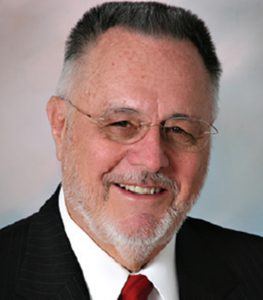
Thomas R. Zeigler, Ph.D.
Senior Technical Advisor
Past President and Chairman
Zeigler Bros., Inc.
400 Gardners Station Road
Gardners, PA 17324 USA
Tagged With
Related Posts
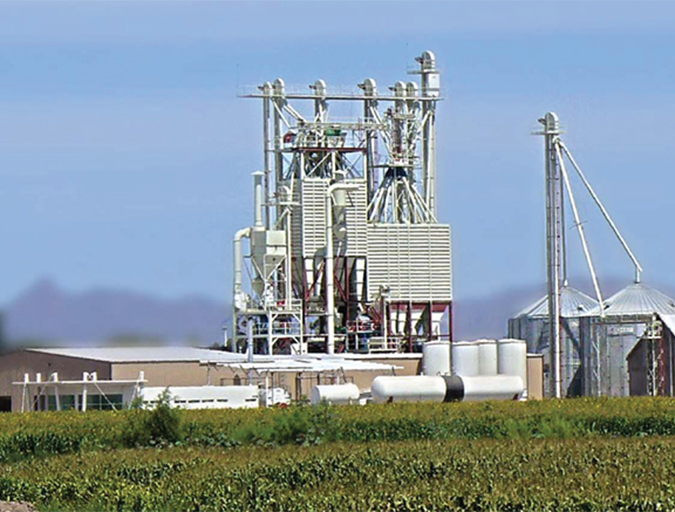
Aquafeeds
The Bottom Line: Integrating feed manufacturing into fish or shrimp production operations
Incorporating feed manufacturing into an aquaculture business offers greater and more efficient product access, control and logistics, as well as additional profit potential. A feasibility study that plans for growth and includes both a business plan and economic analysis is a must.
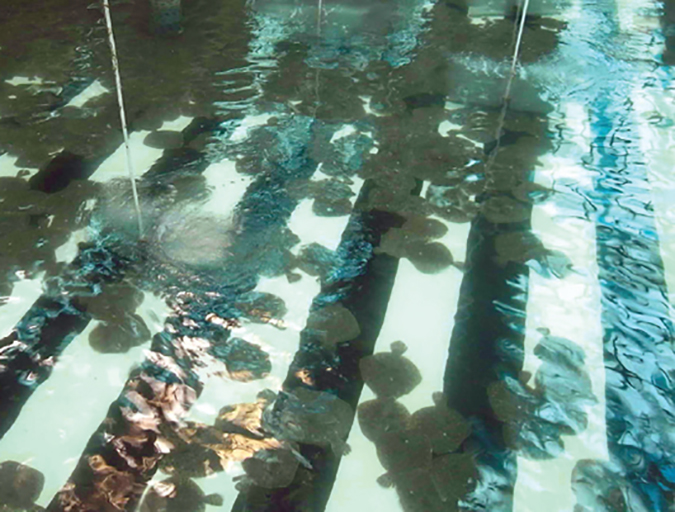
Aquafeeds
Turbot growth performance on soy-based feeds
Turbot are typically fed diets containing 45 to 65 percent fishmeal. In a study that gave turbot feed with 40 percent soy protein concentrate, the fish had decent growth and excellent survival.
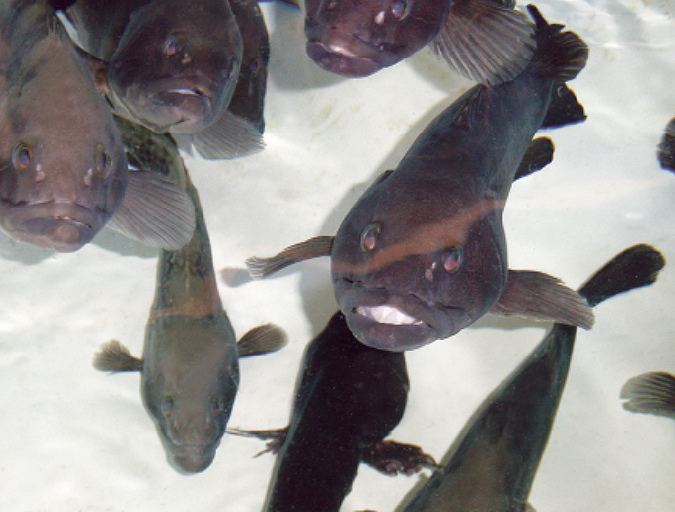
Aquafeeds
Increased density improves grouper feeding response, growth
A growth trial using hatchery-reared grouper was carried out to study the effects of stocking density on feed intake and subsequent growth. Contrary to common perceptions, fish stocked at the highest density had higher feed intake and body weights.
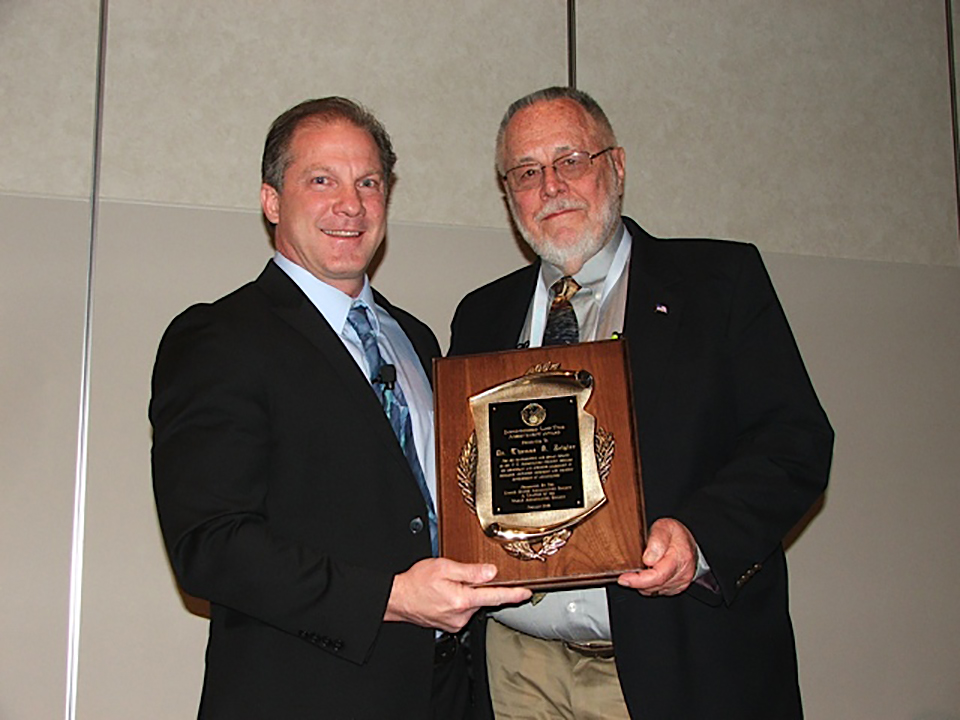
Aquafeeds
Aquaculture Exchange: Dr. Tom Zeigler
The World Aquaculture Society’s latest Lifetime Achievement Award recipient reflects on 50 years in the business of producing high-quality, nutritious feeds for the poultry, livestock and aquaculture industries.

